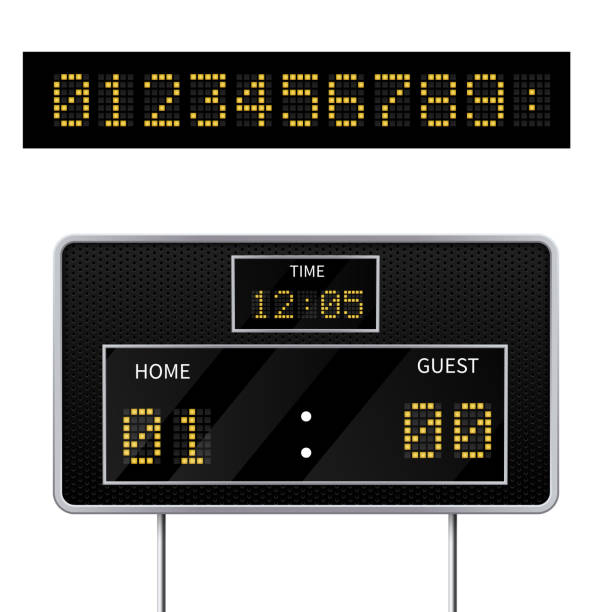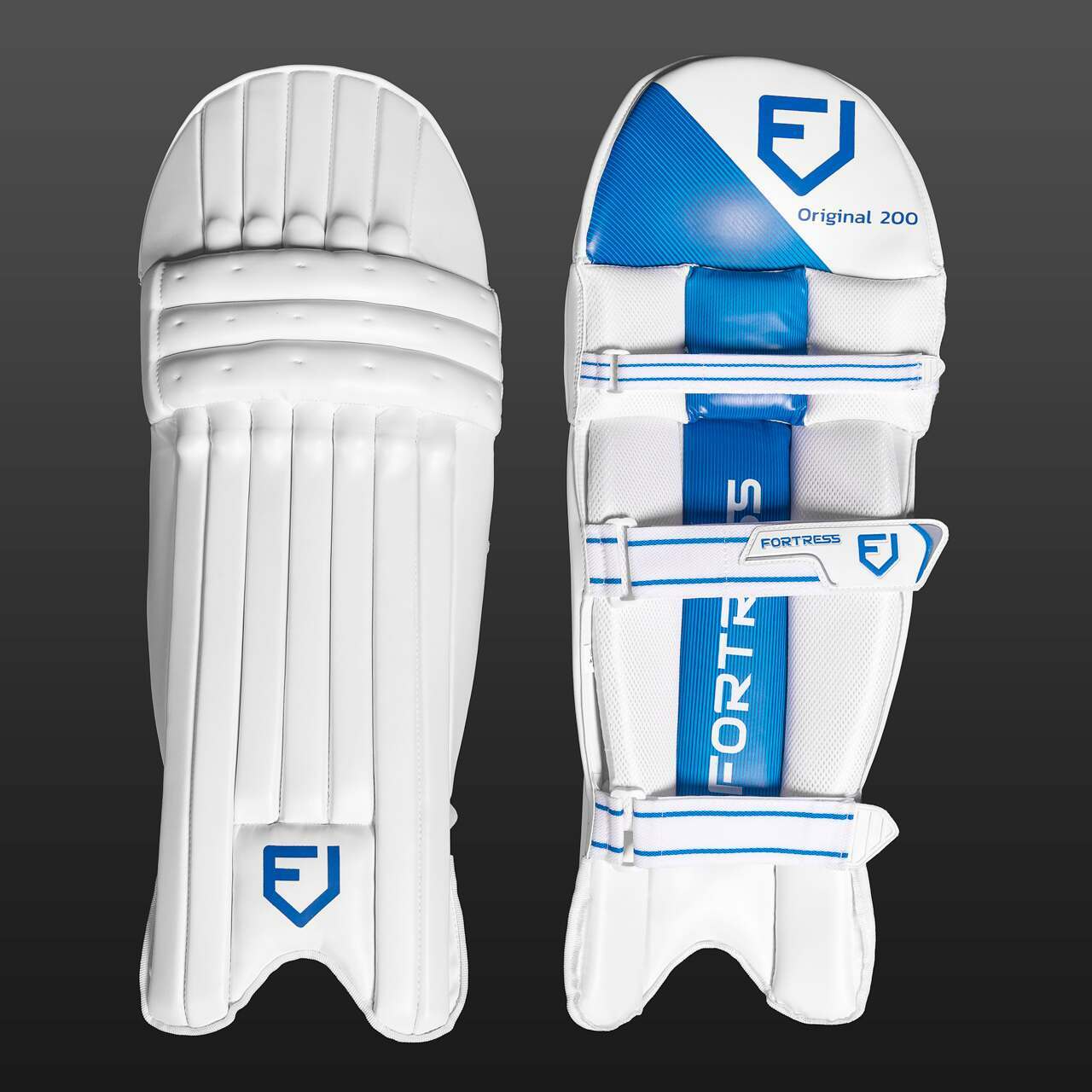In the exhilarating world of hockey, knowing the game’s structure is essential for any fan or aspiring player. One of the most fundamental aspects to familiarize yourself with is the number of periods in a hockey game. This crucial information sets the foundation for understanding the pace and progression of the sport.
How Many Periods in Hockey?
A standard hockey game consists of three periods, each lasting 20 minutes of play. This format is distinct from many other sports that use halves or quarters. There are two intermissions between each period, typically lasting 15 to 18 minutes each. These breaks allow teams to regroup, strategize, and rest before heading back onto the ice.

Importance of Intermissions
Intermissions serve several important purposes:
- Team Strategy: Coaches can discuss tactics and adjustments based on the game’s progression.
- Player Recovery: Players can hydrate, catch their breath, and mentally prepare for the next period.
- Ice Resurfacing: The ice surface is often resurfaced to maintain optimal playing conditions, improving puck handling and skating.
Game Flow and Stoppages
Having a firm grasp on the number of periods and intermissions, as well as their duration, will enhance your ability to follow the action and appreciate the strategic decisions made by players and coaches throughout the game.
Stoppages in Play
During a game, the clock stops for various reasons, which contributes to the overall duration of a match, often extending to around 2.5 hours in real-time. Common causes for stoppages include:
- Icing: When a player shoots the puck from their side of the center red line past the opponent’s goal line without it being touched.
- Offside: Occurs when players enter the attacking zone before the puck does.
- Puck Out of Play: When the puck goes out of the rink.
- Penalties: Infractions that result in a player being sent to the penalty box.
- Injuries: Stoppages due to players needing medical attention.
Timeouts
Each team is allowed one 30-second timeout per game. This can be strategically utilized to:
- Provide players with a brief rest.
- Discuss tactics for upcoming plays.
- Adjust strategies based on the game’s current situation.
Overtime and Shootouts
If a game ends in a tie after the three periods, overtime may be added. The exact format of overtime varies by league:
- NHL: A 5-minute sudden-death overtime period is played, where the first team to score wins. If still tied, a shootout follows.
- International Play: Overtime often lasts 10 minutes and may also involve a shootout if necessary.
- NCAA: Overtime consists of 5 minutes, followed by a shootout if the game remains tied.
Ice Hockey vs. Other Sports
While many team sports have similarities, ice hockey stands out in several ways:
Unique Aspects of Ice Hockey
- Playing Surface: Played on a frozen surface, hockey requires advanced skills in skating and puck handling, making it a distinct winter sport.
- Specialized Equipment: Players wear skates, helmets, and protective padding, which is crucial for safety and performance.
- Penalty System: Players can receive various penalties for infractions, ranging from minor offenses like tripping to major penalties like fighting.
- Game Structure: The three-period format differs from sports like basketball and soccer, where games are divided into halves or quarters.
Expanding Your Hockey Knowledge
To fully appreciate the intricacies of ice hockey, it’s essential to understand these basics and nuances that make the game unique. From its rich history to iconic rivalries, there’s a lot to discover and enjoy about this fast-paced, wildly entertaining sport.
With this knowledge, whether you’re watching a game or lacing up your skates for a match, you’ll have a deeper appreciation for one of the most exciting sports in the world. So, gear up and get ready to enjoy the thrill of hockey!
Impact of Periods on Player Strategy in Hockey
The three periods in a hockey game significantly influence players’ strategies and team dynamics. Understanding how these periods affect gameplay is crucial for appreciating the complexities of the sport. Teams must constantly adapt their lines and tactics to maximize performance and counter the opposing team’s strategy. Let’s explore some key factors that come into play.
Key Factors Affecting Strategy
1. Fatigue Management
As the game progresses, players naturally experience fatigue. This physical toll can impact their performance and decision-making. To combat fatigue, teams employ several strategies:
- Efficient Line Changes: Frequent and strategic line changes allow fresh players to enter the game, maintaining a high level of energy. Coaches often emphasize timely shifts to ensure that players are not overextended.
- Utilizing Intermissions: The 15-18 minute breaks between periods provide players with the opportunity to rest, hydrate, and recuperate, which is essential for sustaining peak performance through the game.
2. Score Situation
The game’s score heavily influences a team’s strategic approach:
- Leading Teams: When a team has a lead, they may adopt a more defensive posture to protect their advantage, focusing on maintaining possession and limiting the opposing team’s scoring chances.
- Trailing Teams: Conversely, teams that are behind may shift to a more aggressive strategy, prioritizing offense to create scoring opportunities. This often includes pulling the goalie in the final minutes for an extra attacker.
3. Penalties and Power Plays
Penalties can dramatically alter the game’s flow and require teams to quickly adjust their strategies:
- Power Plays: When a team has a player in the penalty box, their opponents enjoy a numerical advantage, leading to what is known as a power play. This situation can be critical for scoring, as the team on the power play can create more scoring chances due to having more players on the ice.
- Penalty Killing: The team with fewer players must employ a defensive strategy known as penalty killing. This requires careful positioning and teamwork to minimize the risk of conceding a goal while a player is in the penalty box.
Overtime and Sudden Death
Special Game Conditions
In certain situations, a hockey game may extend beyond the standard three periods due to a tie. This necessitates overtime, which is designed to determine a winner.
Overtime Rules
- Regular Season: Overtime consists of a 5-minute period played at 3-on-3. If a goal is scored during this time, the game ends immediately, a format known as sudden death.
- Playoffs: The approach differs significantly in the playoffs, where teams play full 20-minute periods at 5-on-5 until a goal is scored. This format maintains the intensity and excitement, with each period being sudden death until a winner emerges.
Shootouts and Tiebreakers
If a regular season game remains tied after the overtime period, the outcome is decided by a shootout:
- Shootout Format: Each team selects three players to take penalty shots. The team that scores the most goals in this best-of-three format wins the game.
- Sudden Death Shootouts: If the shootout remains tied after the initial three rounds, it proceeds to a sudden-death format, where one player from each team shoots alternately until a winner is determined. Importantly, shootouts are not used in playoff games, where the overtime continues until a goal is scored.
Conclusion
In conclusion, understanding the structure of hockey periods and game duration greatly enhances your appreciation of the sport. Let’s recap the key points discussed:
- Game Structure: Hockey games consist of three periods, each lasting 20 minutes.
- Intermissions: There is a 15-18 minute intermission between periods, allowing teams to regroup and adjust their strategies. Overall, an NHL game takes approximately 2.5 hours to complete.
- Overtime Rules:
- NHL Regular Season: Features a 5-minute 3-on-3 overtime, followed by a shootout if necessary.
- NHL Playoffs: Involves continuous 20-minute 5-on-5 overtime periods until a winner is determined.
- International Tournaments: May use different formats, such as 4-on-4 or 3-on-3 overtime.
Additionally, the impact of penalties and power plays is crucial, influencing game flow and strategies.
By familiarizing yourself with these elements, you will deepen your understanding of hockey and enhance your enjoyment of this dynamic and thrilling sport. Whether you’re a seasoned fan or new to the game, this knowledge will enrich your experience on and off the ice.




Pingback: Pitbull stuffed toy - 𝗡𝗲𝘁𝘄𝗼𝗿𝗸 𝗭𝗼𝗻𝘆